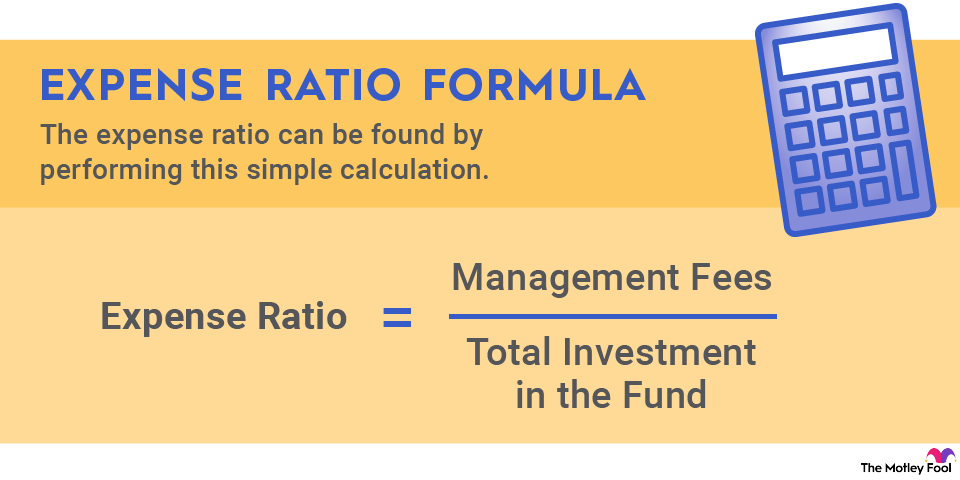In addition to attracting new customers, many companies strive to expand relationships with clients who are already purchasing their products and services. Net revenue retention has become one of the most important drivers of success for many businesses.

What is net revenue retention?
Net revenue retention is a comparative metric that tracks average spending from the same customers across two time periods. In most cases, net revenue retention will compare sales from customer pools annually or across the same quarter in different fiscal years.
When customers increase their average spending, a company's net revenue retention rate will be above 100%. For example, a company will have a net revenue retention rate of 105% in a given period if its retained customers have increased their spending an average of 5% year over year. Alternatively, posting a net revenue retention rate of 95% would mean that sales among that customer cohort had actually declined 5% compared to the prior-year period.
How does net revenue retention work?
Net revenue retention tracks spending among customers who have continued to use a company's services. If a company is able to increase average spending from its retained customers across comparable periods, it will have net revenue retention above 100%. This can be done by raising the prices of its services or by selling additional offerings to existing customers.
Spending from new customers in a given fiscal quarter does not factor into a company's net revenue retention rate. Additionally, the difference in spending that results from former customers ceasing to use a company's services is not included in net revenue retention calculations. As a result, a company can have net revenue retention above 100% and still record an overall sales decline if its total customer count shrinks.
Marketing Strategy
Why is net revenue retention important?
If a business can record strong net revenue retention, it has a way to grow sales beyond just attracting new customers. Increasing spending from existing customers can also offer companies more efficient paths to growth. Rather than having to spend money on sales and marketing initiatives to attract new customers, businesses can expand relationships with clients who are already using their services.
Net revenue retention has become a particularly important metric to watch in the software industry. Many companies using the software-as-a-service (SaaS) model now concentrate on building out an encompassing ecosystem that offers multiple services on a subscription basis. Once a client has been brought into the ecosystem, businesses have opportunities to sell other services and can increase their net revenue retention.


















